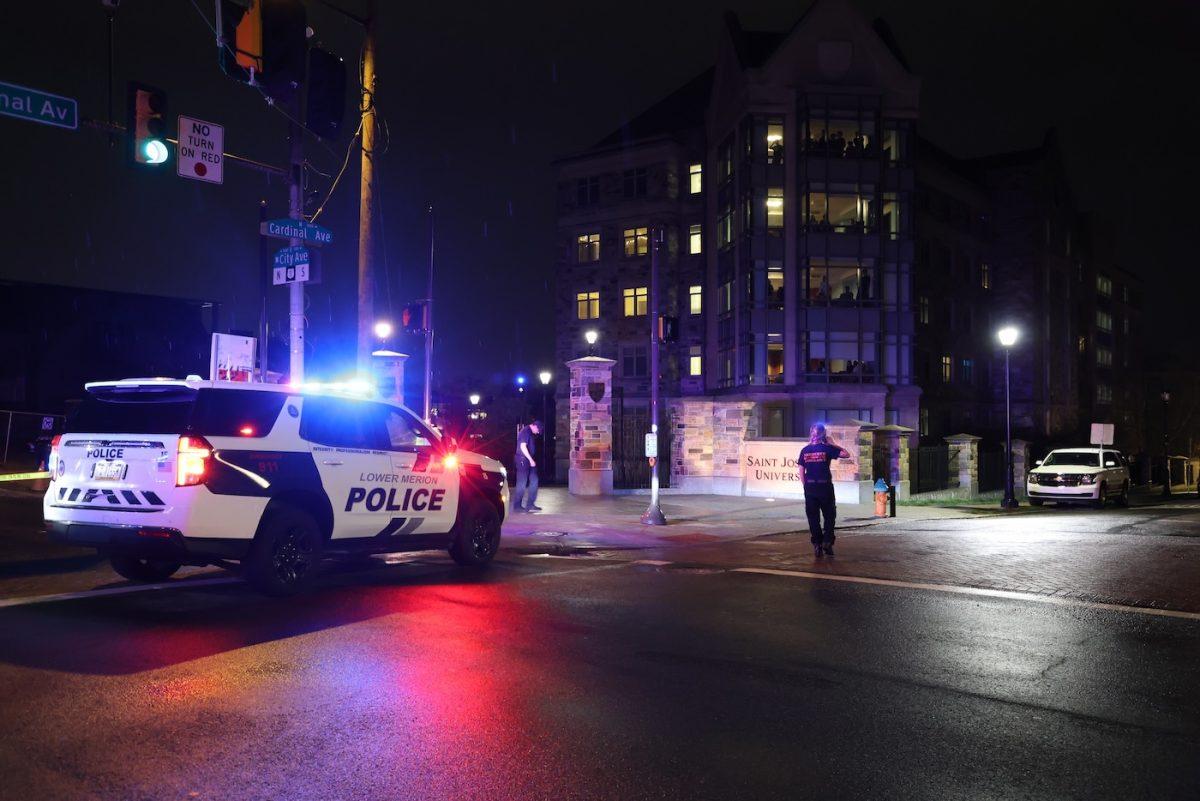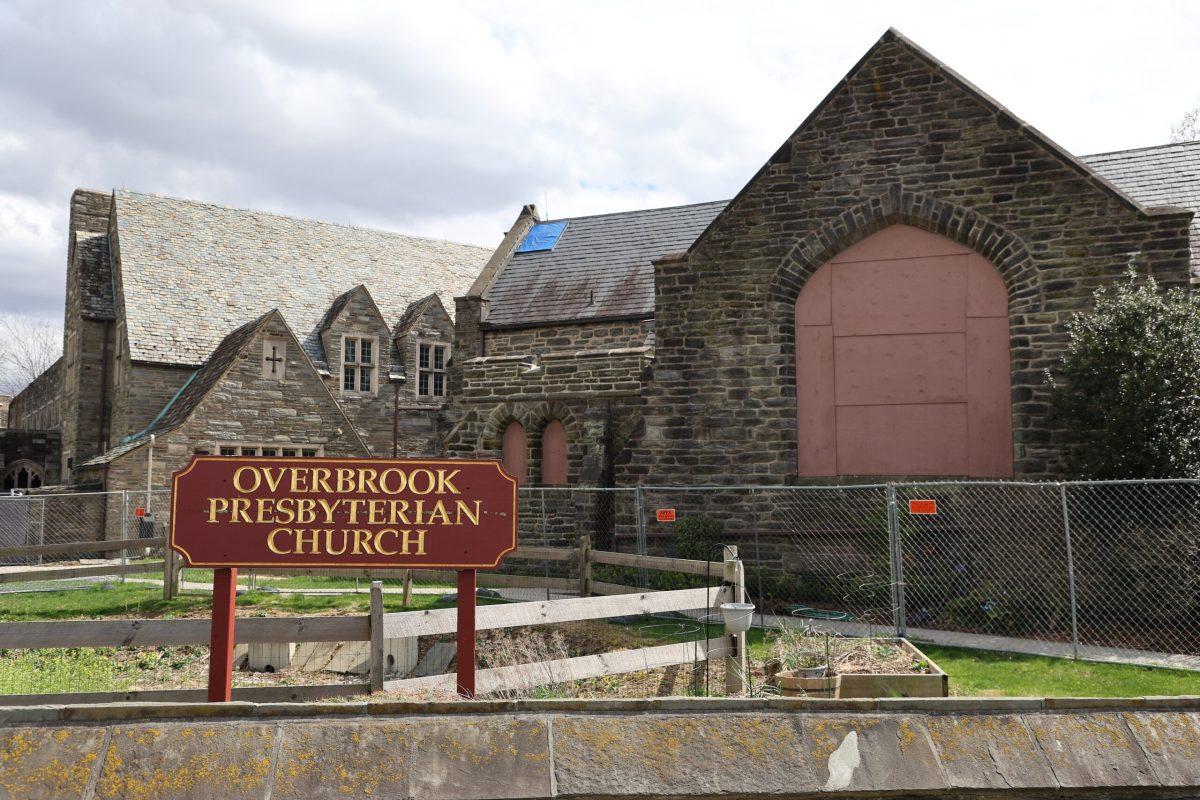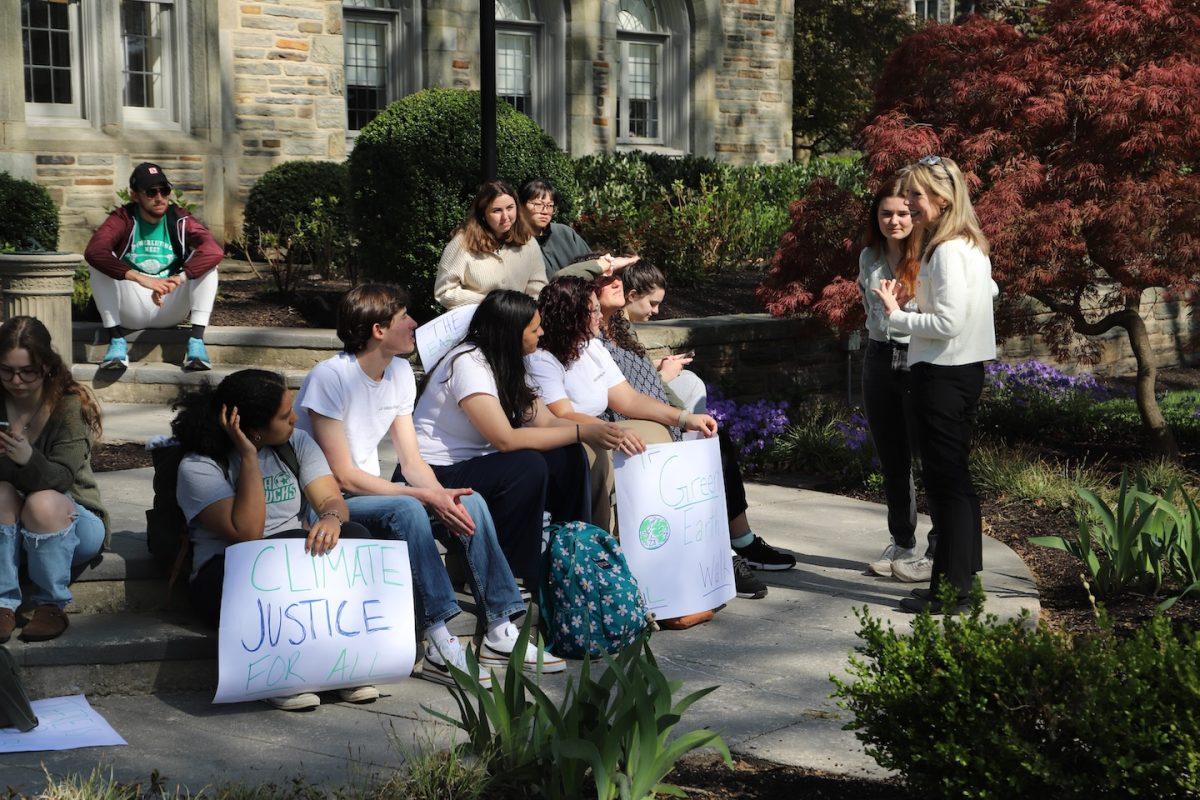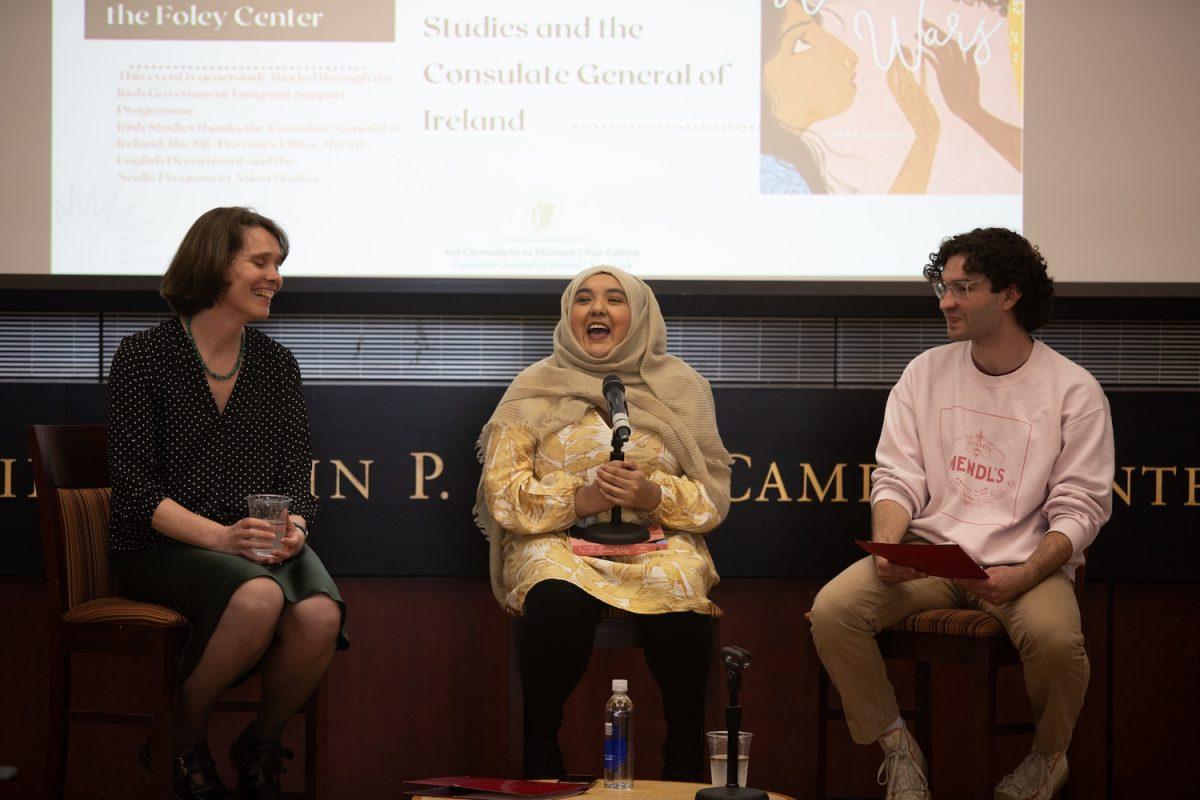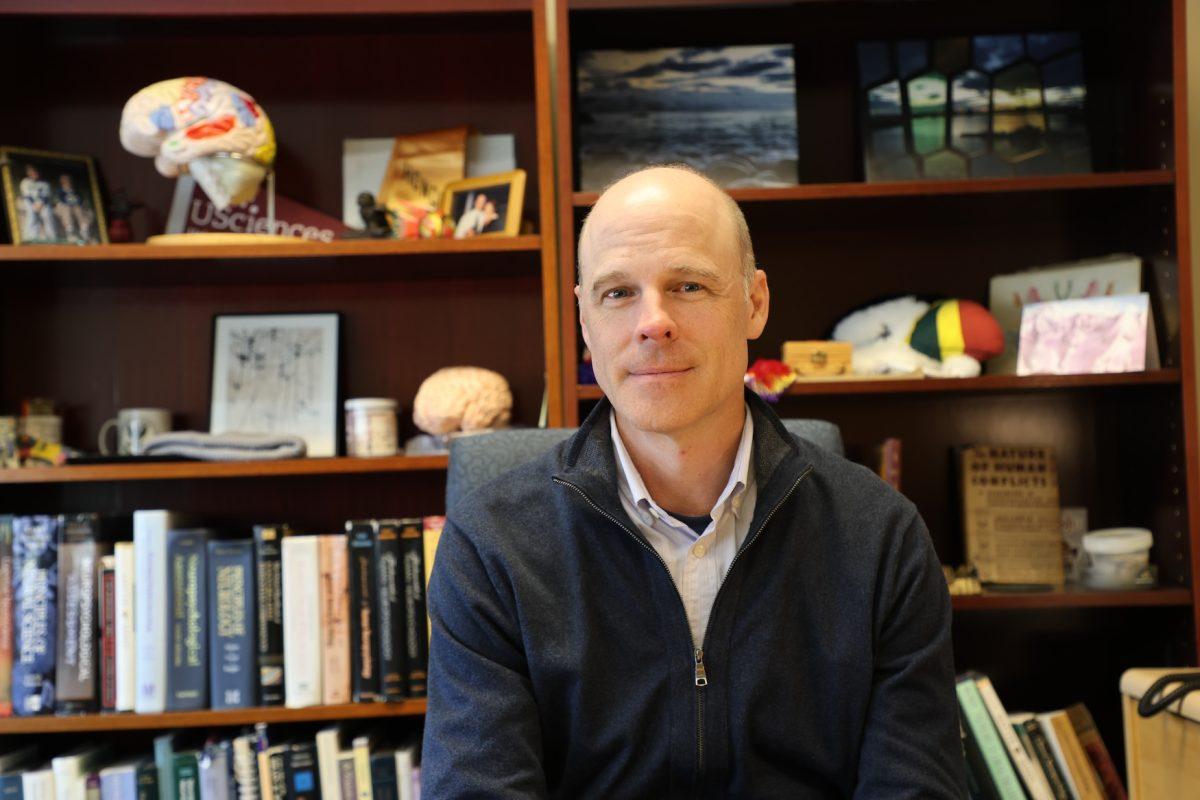Steps to keep our campus safe
In response to the violence at Stoneman Douglas High School in Parkland, Florida, colleges and universities have been reassessing their level of preparedness for active shooter incidents. The most recent university-wide active shooter drill at St. Joe’s was in 2016; since then, however, new students, faculty and staff have joined our community and have not participated in any similar exercise.
As students, we want the administration to lead our university community in helping our campus prepare to minimize harm from violence. Students, faculty, and staff are already having conversations about how to protect themselves and their spaces on campus from violence, but it is the school’s responsibility to orchestrate steps to prepare our community.
Providing our campus with information about how to respond to violence might be both the simplest and the most effective way to help us feel safer on campus and more prepared to respond if we are victimized by violence. The university ought to provide students with information about how to best protect ourselves from both individual experiences of violence and active shooter situations.
Perhaps the simplest step the university could take is to formally present the Emergency Preparedness materials on the Nest during freshman orientation, or as one of the policies that students have to review annually. At present, most students aren’t aware that those materials exist, or that they can be found on the Nest.
Beyond these steps, the university can take a more proactive role to protect our community from violence. Holding an active shooter drill every year would ensure that each student population knows what to do if we ever need to respond to an active shooter situation on campus.
The university could also provide more in-depth active shooter trainings open to faculty, staff and students so that, if they choose to, our community members can be more knowledgeable about the best ways to respond to an active shooter situation.
Lastly, as the university did in 2016 when we last had an active shooter drill, we should have a yearly review of our campus infrastructure to ensure that our buildings and campus are as secure as possible.
We should regularly assess each room’s communications capacity and security—for example a working phone and a door that can lock from the inside. Additionally, we should use the data we collected from 2016 and should continue to collect to lend our support for measures that can address weaknesses in campus safety that align with our university’s mission.
We should regularly assess each room’s communications capacity and security—for example a working phone and a door that can lock from the inside. We should use the data we collected from 2016 to support these aforementioned measures that can address weaknesses in campus safety that align with our university’s mission.
At the very least, taking these steps can help students, faculty and staff feel more secure, because we would know that the university has taken due diligence to ensure that our campus is safe and our community is prepared.
Unfortunately, there is always a chance that our campus, students, faculty and staff could be victimized by violence. Knowing what to do enables us to better protect ourselves if we ever need to.
Ultimately, the university is responsible for ensuring the safety of every person on our campus. That community is wide in its reach and scope, including everyone from undergraduate, graduate and night school students, faculty, staff and contracted employees to prospective students and their families who might visit campus and other guests or residents from the communities that surround us.
Taking these steps obviously can’t make our campus invulnerable, but it can help us feel more prepared.
In order to protect such a large community, the university has to act now to ensure that as many of our community members know how to keep themselves and others safe on our campus.
—The Hawk Staff

